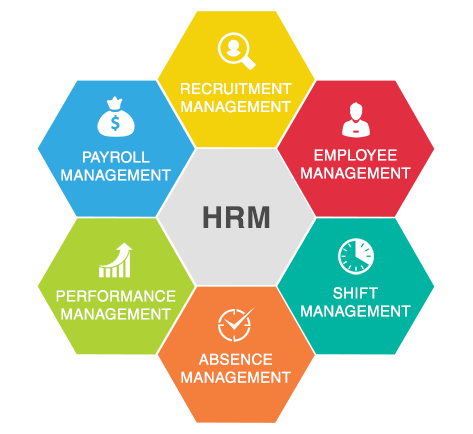Human Resource Management System Development: Simplifying HR Processes for Businesses
Managing human resources can be a challenging task, especially for growing businesses. Keeping track of employees, their performance, attendance, payroll, and recruitment can be time-consuming and stressful. This is where a Human Resource Management System (HRMS) comes into play. An HRMS helps simplify and automate HR processes, allowing businesses to manage their employees more efficiently.
But what exactly is an HRMS, and why should businesses consider developing one?

